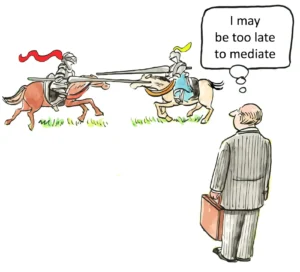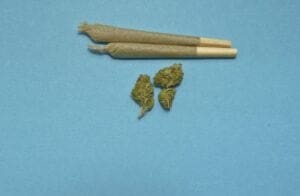How to Claim Pain and Suffering in an Indiana Personal Injury Case
If an accident left you in pain, out of work, or unable to do the things you used to enjoy, you can seek compensation beyond medical bills. Pain and suffering covers the physical pain and the mental and emotional toll that a severe injury causes. Whether the crash happened on I-70 near Indianapolis or on a side street in Fort Wayne, the approach stays the same: document, prove, and demand fair value. If you decide to pursue a claim, consult a trusted personal injury lawyer in Indiana.
What Is Pain and Suffering?
Pain and suffering describes non-economic harm that follows an injury. That harm includes ongoing physical pain, emotional distress, anxiety, loss of sleep, and the inability to enjoy hobbies or family time. Courts and insurers treat those losses differently from bills and pay stubs because they lack a single price tag. Judges and juries must weigh testimony, medical evidence, and other records to decide what you endured and what you deserve.
How Damages for Pain and Suffering Work
Insurance companies and lawyers use different tools to turn subjective harm into an amount of money. Two common approaches include using a multiplier on your economic losses or assigning a daily rate for suffering. Juries can also assign an amount after hearing evidence at trial, and settlement talks often reflect what each side thinks a jury might do. Because methods vary, you must organize your case so that adjusters and jurors understand the scope and duration of your pain.
- Multiplier method: Add provable economic losses, then multiply by a number (often 1.5 to 5) that reflects severity and permanence.
- Per diem method: Assign a reasonable daily dollar amount for pain and multiply by the number of days you have suffered or will suffer.
How a Personal Injury Lawyer Proves Pain and Suffering
A lawyer builds a record that turns feelings into credible evidence. Attorneys gather medical records, treatment notes, imaging, and bills to show the physical side of your injury. They also collect witness statements, photographs, work records, and personal journals to show how the injury changed your life. Good lawyers use expert testimony from doctors, psychiatrists, or life-care planners when needed to explain long-term effects and link those effects to a dollar figure.
- Medical evidence: Emergency room reports, surgery notes, therapy records, and medication lists.
- Personal documentation: Pain journals, calendars of missed events, photos of injuries, testimony from friends or family.
- Expert support: Treating physicians, mental health professionals, and vocational experts.
Indiana Statute of Limitations
Indiana requires you to act sooner rather than later. For most personal injury claims, the law gives you two years from the date of the injury to file a lawsuit. If you miss that deadline, a court will most likely dismiss your case, and you will lose the right to seek damages. Some claims against government entities follow much shorter notice periods, and special rules can apply in certain medical or child-abuse cases, so check the exact deadline that applies to your situation.
How To Maximize Your Claim
You control many of the steps that strengthen a pain and suffering claim. See a doctor and follow their plan so your records show consistent care. Keep a daily log that records pain levels, activities you can no longer do, and medication side effects. Preserve evidence such as photos, damaged property, and witness contacts. Avoid posting about the case on social media and refer all insurer requests to your lawyer. Finally, speak with an attorney before you sign anything from an adjuster.
Talk to a Lawyer Today
If pain and suffering affect your daily life after an accident, get a trained advocate on your side as soon as possible. A lawyer can assemble the records, hire experts, value your losses, and press insurers for a fair offer. They can also file a lawsuit before deadlines expire and represent you in court if the case goes that far. Contact a local firm with experience handling cases for people from Indianapolis and Fort Wayne, and even those who live near smaller communities like Decorah or Pella in Iowa, to learn how they can help.













